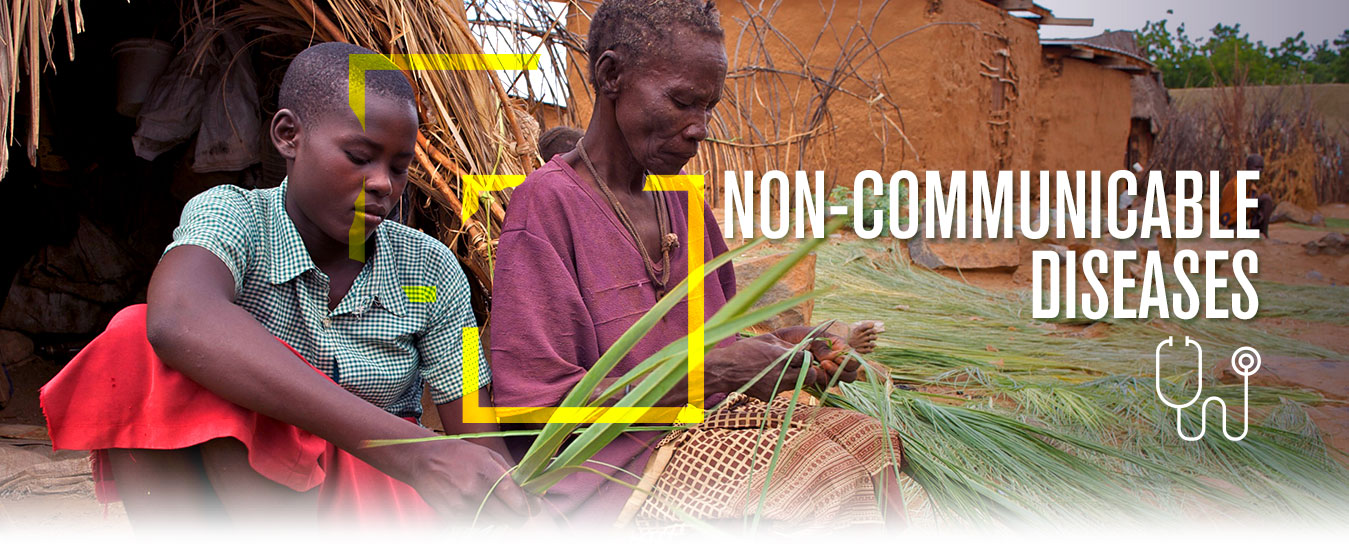

Each year, 15 million people die from a NCD between the ages of 30 and 69 years; over 80% of these "premature" deaths are concentrated in low- and middle-income countries, where fragile health systems struggle to meet the population’s most basic health needs. Of the chronic diseases, diabetes prevalence has been rising rapidly in the developing world. In 2015, 1.6 million deaths were directly caused by diabetes. WHO projects that diabetes will be the seventh leading cause of death in 2030.
With such alarming mortality and morbidity rates, IRD provides a platform with interventions that are geared towards early detection, early management, and control of diabetes.

Jafar, Tazeen H, et al. “Non-Communicable diseases and injuries in Pakistan: strategic priorities.” The Lancet, vol. 381, no. 9885, 29 June 2013, pp. 2281–2290., doi:10.1016/s0140-6736(13)60646-7.
“Bi-Directional tuberculosis-Diabetes screening in Pakistan, WDF15-1221.” Bi-Directional tuberculosis-Diabetes screening in Pakistan, WDF15-1221 | World diabetes foundation, 1 Jan. 1970, www.worlddiabetesfoundation.org/projects/pakistan-wdf15-1221#. Accessed 23 Aug. 2017.
“Noncommunicable diseases and their risk factors.” World Health Organization, www.who.int/ncds/en/. Accessed 23 Aug. 2017.
“Diabetes.” World Health Organization, July 2017, www.who.int/mediacentre/factsheets/fs312/en/. Accessed 23 Aug. 2017.